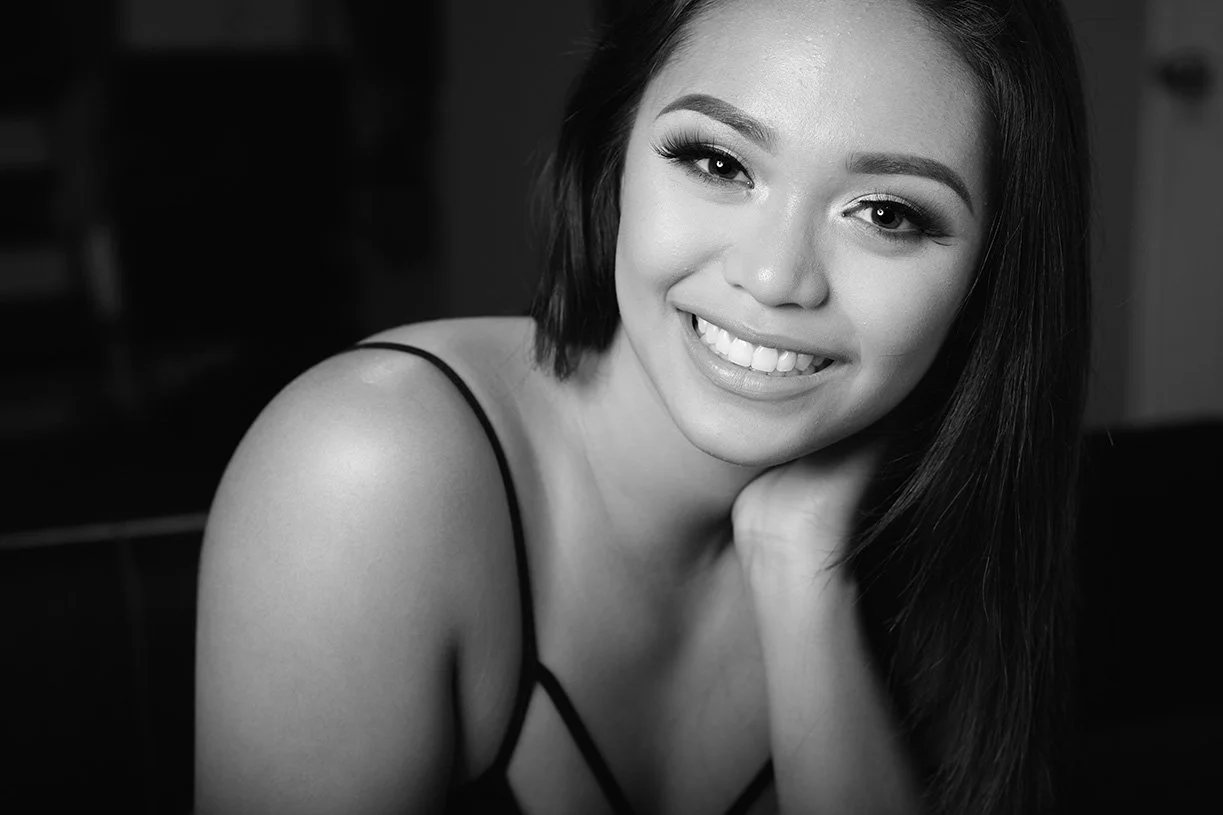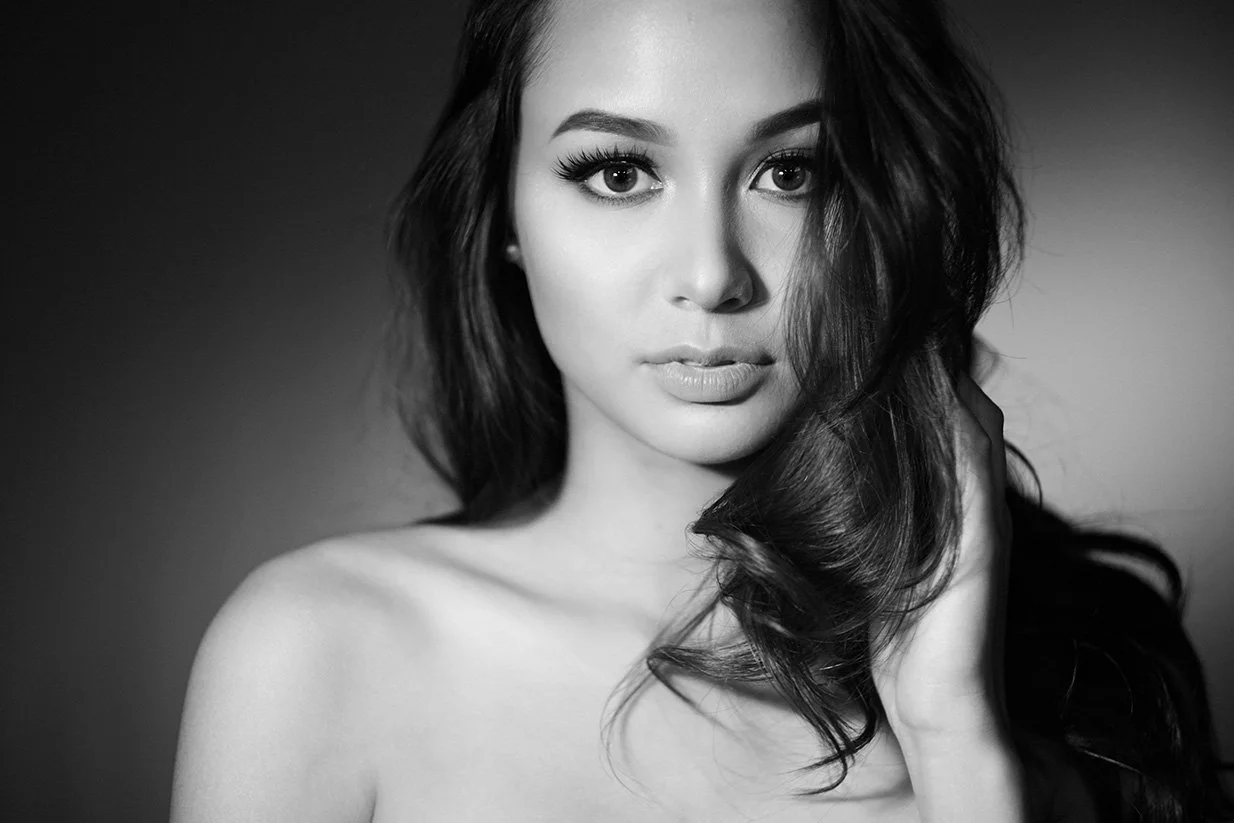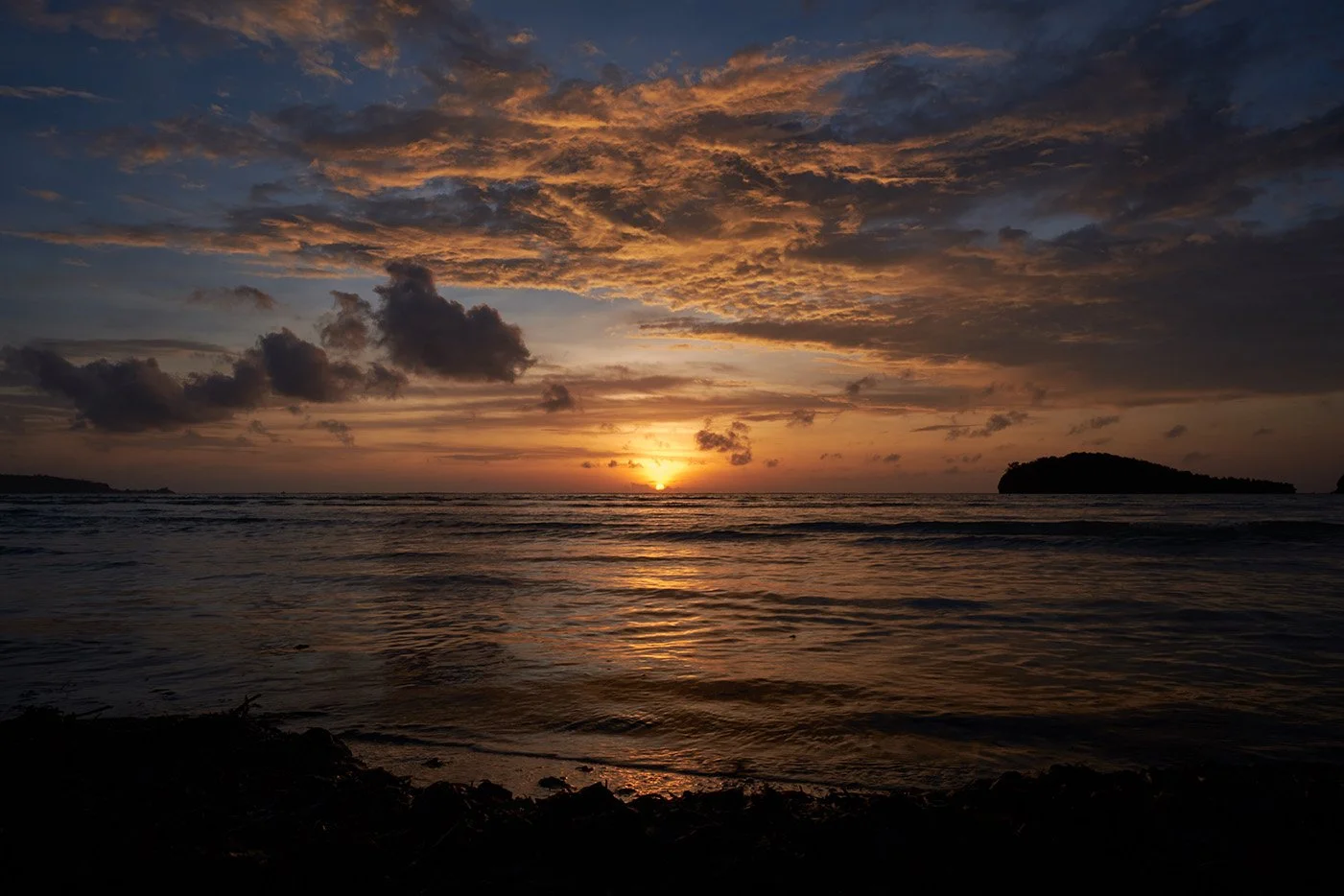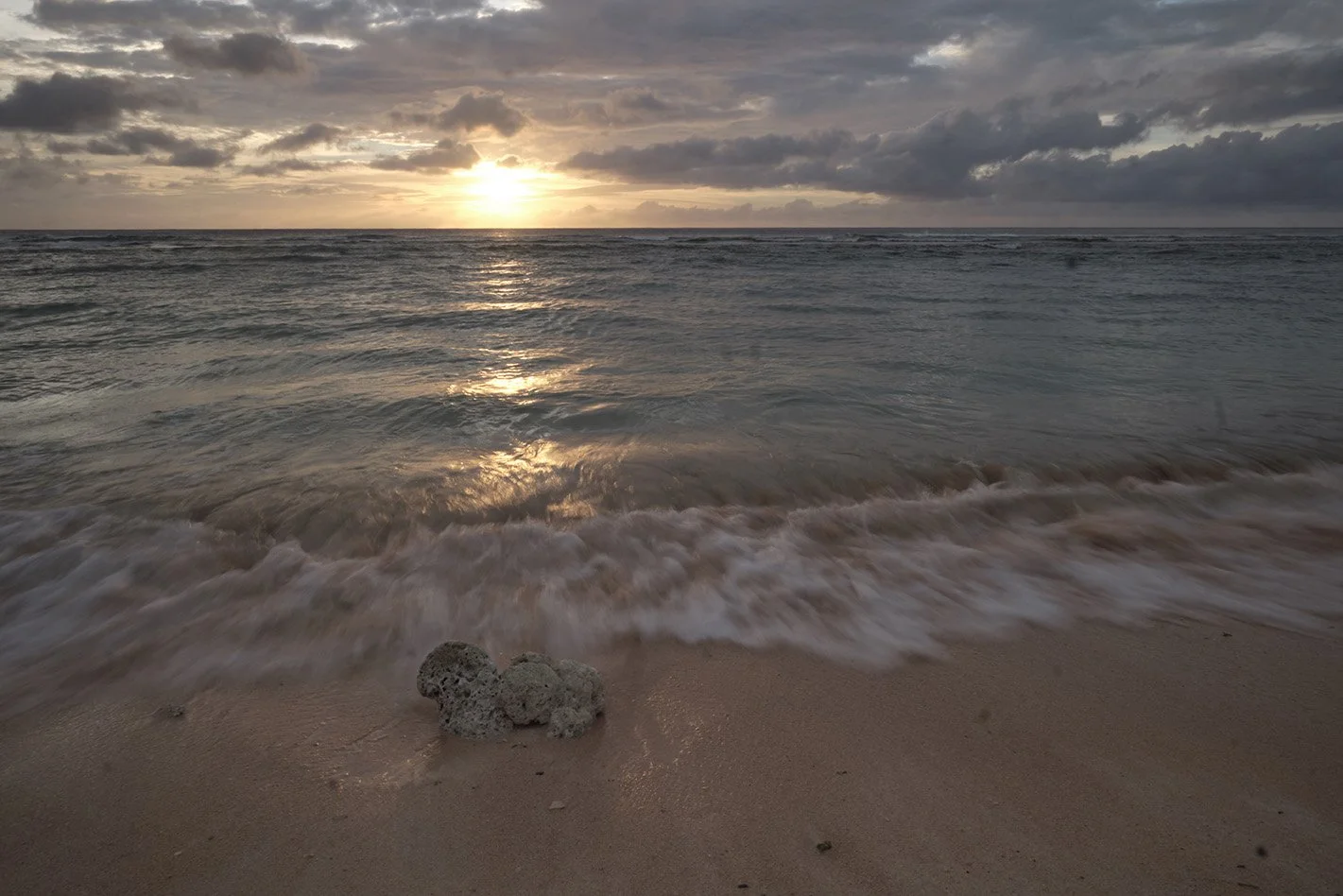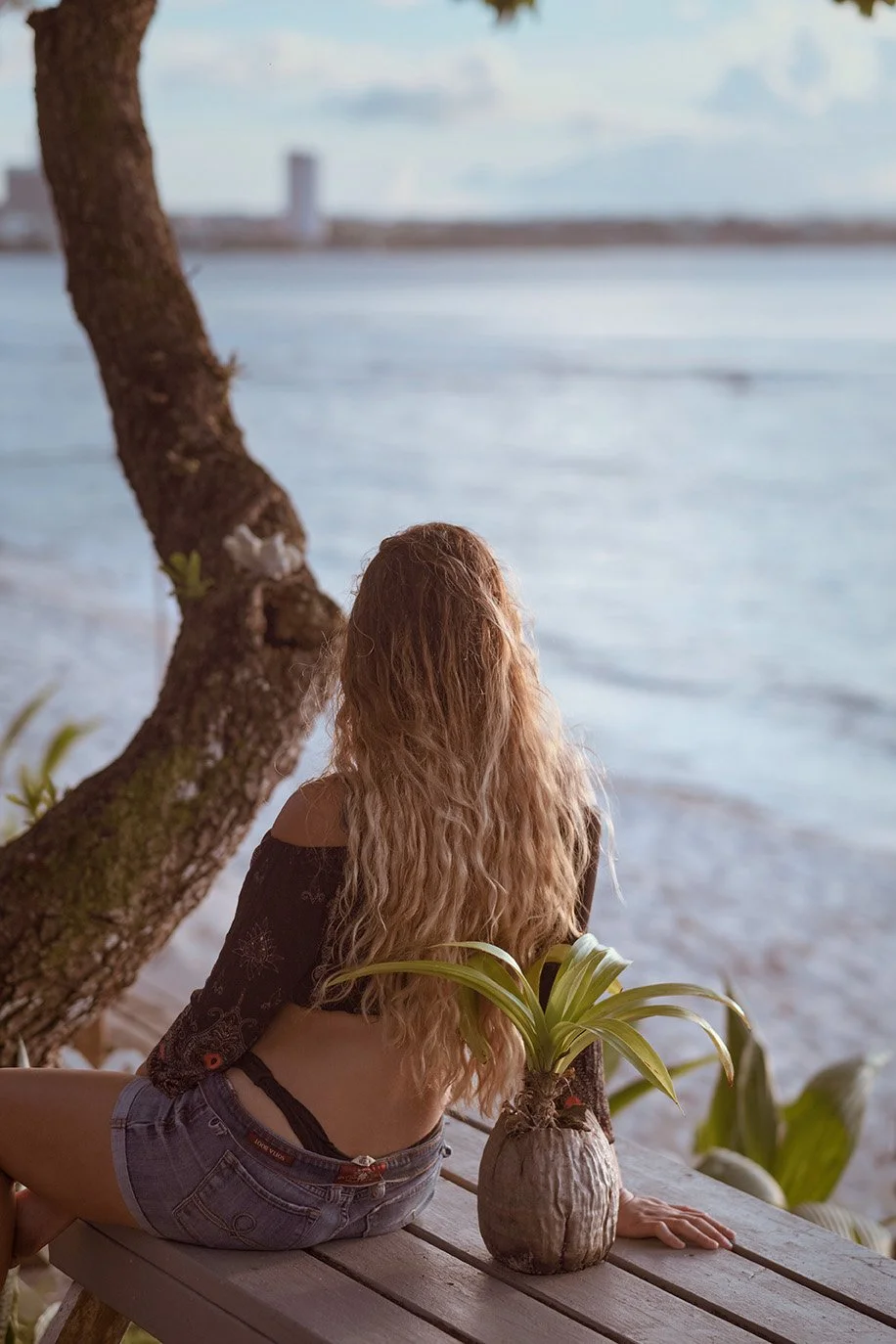Aperture: The Magic to Great Photos (Or, Why Are These Numbers So Confusing?!)
Ah, aperture, f-stop, lens opening, etc., the mystical portal photographers love to talk about in a way that makes us all feel smarter, but does it really? I know that it can be a bit confusing for some. If you've ever asked, "Is aperture really important? And why on Earth does a larger number make the hole smaller?" you're not alone. Let's take a fun dive into the aperture world, where numbers defy logic, and small things (like numbers) can significantly impact your photos.
Let's start by defining an aperture. It's the size of the opening in your lens that controls how much light gets in. It's kind of like the pupils of your eyes. When it's dark, your pupils get big to let in more light; when it's bright, they shrink to avoid blinding you. In camera terms, this "pupil" is known as the aperture, measured in f-stops (which sounds much cooler than it actually is).
But does it really matter?! Well, yes! because light matters. There's a quote by George Eastman, founder of Kodak, who says, "Light makes photography. Embrace light. Admire it. Love it. But above all, know light. Know it for all you are worth, and you will know the key to photography."
Light is the most important thing you'll learn about in photography, never mind all the crap that your camera can do; learn light, Love it! It's your most essential tool. In fact, light is the one thing you need to make a photo (besides a subject, a camera, and, well, let's not get picky). The aperture controls how much light enters your camera and hits the sensor.
But here's the kicker: aperture also affects something magical called depth of field, which is a fancy way of saying, "How much of your photo is in focus." You know those dreamy portraits with sharp subjects, but the background looks like a soft, creamy blur? That's all thanks to a wide-open aperture (small f-number, bigger opening). It's such a cool thing that in 2016, when the new iPhones came out, the 7plus introduced us to Portrait mode; it gave you the ability to blur out your background, which is great for taking people's photos so you direct the viewer's eye to what you want them to see!
So, do I use a large or small opening on my lens? What do we use? Which is better? Let's say you're taking portraits of people, maybe your friend Ami (you know, the one who's always up for a spontaneous shoot). Using a wide-open aperture (think f/1.8 or f/2.8), your subject will stand out from the background, creating that lovely bokeh blur, pronounced bOH-keh, not as in Kay, your best friend. This is perfect for making someone stand out in a portrait because the focus is entirely on them. At the same time, the background looks like a beautiful, dreamlike haze, like you've just had some really good edibles, but I digress; It's like turning the messy room behind them into a soft, artistic smudge.
But if you want more of the photo in focus, use a narrower aperture (a higher f-number like f/8 or f/11). This is especially good for taking scenic or group pictures of people. It pulls more of the image into focus.
But Wait—Why is a smaller number a bigger opening? Ah, here's where things get delightfully confusing. An f/1.8 means the aperture is wide open, while an f/16 means it's only open a sliver. It seems backward, right? But there's a mathematical reason for this, though it's not as fun as the creative side of things. Look, I can try to explain the math, BUT do you really want the math, or do you wanna take some photos? So, the lower the f-number, the wider the aperture because more light can come through. Think of it as your camera inviting all the light to the party.
So, is the aperture important? YES! If you photograph people, a wide aperture (low f-number) will make your subjects shine. Suppose you're capturing sweeping landscapes or detailed shots where everything needs to be in focus. In that case, a narrower aperture (higher f-number) is your friend. Understanding the aperture will not only make you a better photographer, but it'll also allow you to control your photos more effectively.
So, the next time you fiddle with your camera settings, remember that little f-number is doing more than you think. It's shaping the light, focus, and, ultimately, the story of your photograph.
And, if nothing else, you can always impress people at parties by explaining why a small number means a big hole.
Happy shooting!





